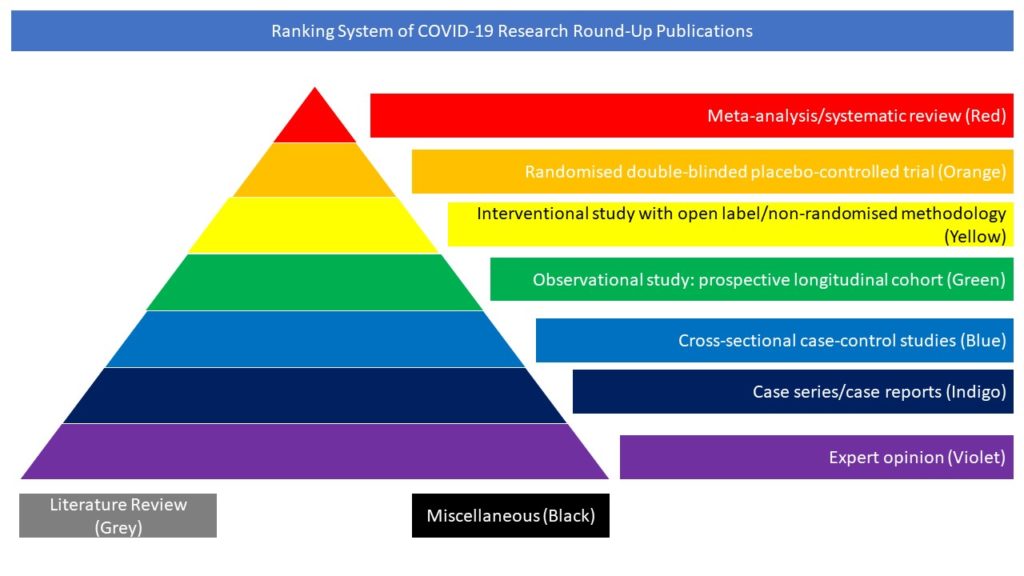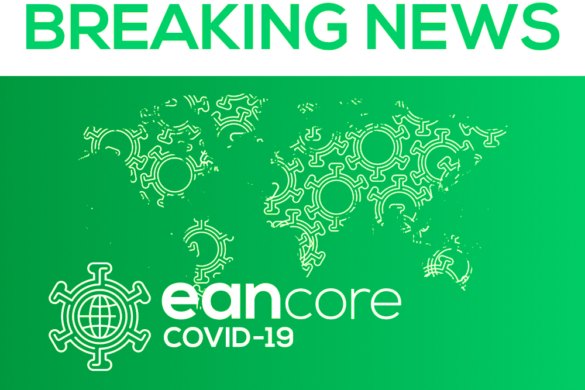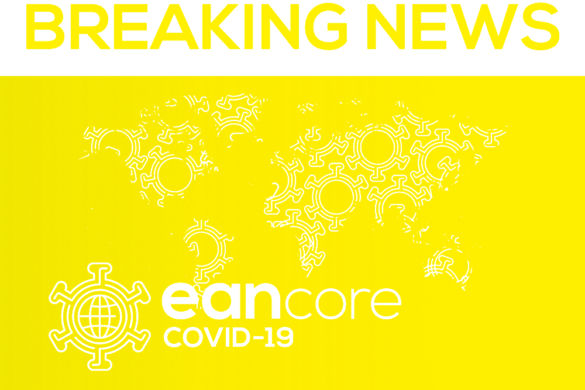Literature Review (Grey)
Read on for our highlighted selection of Covid-related Literature Reviews from the scientific press for April 2023:
- Pathogenesis Underlying Neurological Manifestations of Long COVID Syndrome and Potential Therapeutics
- Role of SARS-CoV-2 Spike-Protein-Induced Activation of Microglia and Mast Cells in the Pathogenesis of Neuro-COVID
Pathogenesis Underlying Neurological Manifestations of Long COVID Syndrome and Potential Therapeutics
The development of long-term symptoms of coronavirus disease 2019 (COVID-19) more than four
weeks after primary infection, termed “long COVID” or post-acute sequela of COVID-19 (PASC), can implicate persistent neurological complications in up to one third of patients and present as fatigue, “brain fog”, headaches, cognitive impairment, dysautonomia, neuropsychiatric symptoms, anosmia, hypogeusia, and peripheral neuropathy. Pathogenic mechanisms of these symptoms of long COVID remain largely unclear; however, several hypotheses implicate both nervous system and systemic pathogenic mechanisms such as SARS-CoV2 viral persistence and neuroinvasion, abnormal immunological response, autoimmunity, coagulopathies, and endotheliopathy. Outside of the CNS, SARS-CoV-2 can invade the support and stem cells of the olfactory epithelium leading to persistent alterations to olfactory function. SARS-CoV-2 infection may induce abnormalities in innate and adaptive immunity including monocyte expansion, T-cell exhaustion, and prolonged cytokine release, which may cause neuroinflammatory responses and microglia activation, white matter abnormalities, and microvascular changes. Additionally, microvascular clot formation can occlude capillaries and endotheliopathy, due to SARS-CoV-2 protease activity and complement activation, can contribute to hypoxic neuronal injury and blood-brain barrier dysfunction, respectively. Current therapeutics target pathological mechanisms by employing antivirals, decreasing inflammation, and promoting olfactory epithelium regeneration. Thus, from laboratory evidence and clinical trials in the literature, the authors of this review sought to synthesize the pathophysiological pathways underlying neurological symptoms of long COVID and potential therapeutics.
Leng A, Shah M, Ahmad SA, Premraj L, Wildi K, Li Bassi G, Pardo CA, Choi A, Cho SM. Pathogenesis Underlying Neurological Manifestations of Long COVID Syndrome and Potential Therapeutics. Cells. 2023 Mar 6;12(5):816. doi: 10.3390/cells12050816. PMID: 36899952; PMCID: PMC10001044.
Role of SARS-CoV-2 Spike-Protein-Induced Activation of Microglia and Mast Cells in the Pathogenesis of Neuro-COVID
Severe acute respiratory syndrome coronavirus 2 (SARS-CoV-2) causes coronavirus disease 2019 (COVID-19). About 45% of COVID-19 patients experience several symptoms a few months after the initial infection and develop post-acute sequelae of SARS-CoV-2 (PASC), referred to as “Long-COVID,” characterized by persistent physical and mental fatigue. However, the exact pathogenetic mechanisms affecting the brain are still not well-understood. There is increasing evidence of neurovascular inflammation in the brain. However, the precise role of the neuroinflammatory response that contributes to the disease severity of COVID-19 and long COVID pathogenesis is not clearly understood. In this article the authors review the reports that the SARS-CoV-2 spike protein can cause blood-brain barrier (BBB) dysfunction and damage neurons either directly, or via activation of brain mast cells and microglia and the release of various neuroinflammatory molecules. Moreover, they provide recent evidence that the novel flavanol eriodictyol is particularly suited for development as an effective treatment alone or together with oleuropein and sulforaphane (ViralProtek®), all of which have potent anti-viral and anti-inflammatory actions.
Theoharides TC, Kempuraj D. Role of SARS-CoV-2 Spike-Protein-Induced Activation of Microglia and Mast Cells in the Pathogenesis of Neuro-COVID. Cells. 2023 Feb 22;12(5):688. doi: 10.3390/cells12050688. PMID: 36899824; PMCID: PMC10001285.









